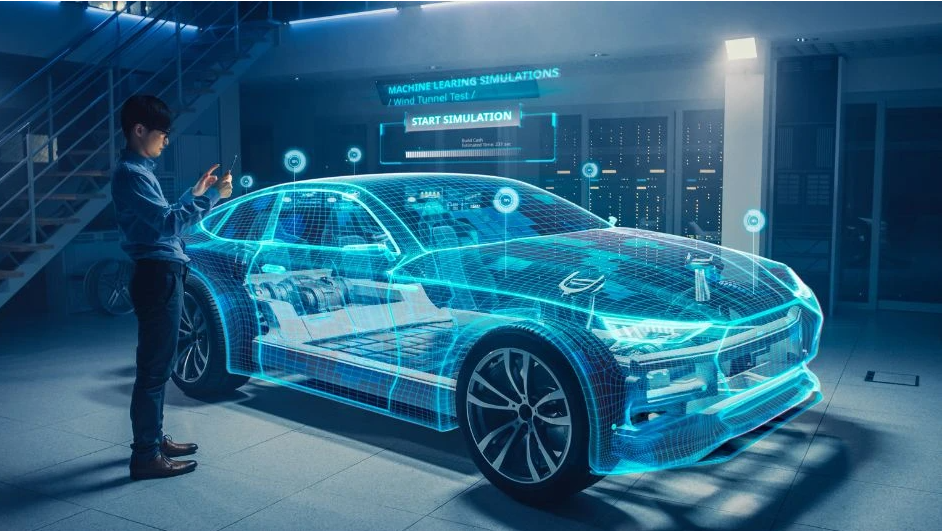How innovation, infrastructure, and policy are shaping the future of driving.
The Global Shift Toward Electrification
By 2026, electric vehicles (EVs) have moved from niche products to mainstream choices. Automakers across the globe are no longer just experimenting with electric lineups—they are competing aggressively in the EV market. Traditional giants like Volkswagen, Toyota, and Ford are pushing full EV portfolios, while pioneers such as Tesla continue to refine their edge. Meanwhile, emerging players from China, like BYD and NIO, have captured significant international market share, challenging long-established Western dominance.

Breakthroughs in Battery Technology
Battery innovation remains the foundation of EV progress. The push for solid-state batteries has accelerated, with companies like Toyota and QuantumScape leading the race. These batteries promise longer ranges, faster charging times, and improved safety compared to today’s lithium-ion packs. At the same time, advances in lithium-iron-phosphate (LFP) chemistry, already popularized by Tesla and BYD, are driving down costs and making EVs more accessible to the mass market.

Charging Infrastructure at Scale
Infrastructure is catching up to demand. By 2026, fast-charging networks have expanded across North America, Europe, and Asia, with companies like Electrify America, Ionity, and Tesla’s Supercharger network at the forefront. Governments have invested heavily in charging stations, ensuring rural and urban areas alike can support EV adoption. Charging speeds have dramatically improved, with many new stations offering 350 kW ultra-fast charging, reducing wait times to under 15 minutes for an 80% recharge.

Competition Between Automakers
Competition in the EV sector is fiercer than ever. Tesla faces pressure not just from legacy automakers but also from ambitious startups like Rivian, Lucid Motors, and XPeng. Ford’s electric F-150 Lightning and GM’s electric Silverado have ignited a battle in the pickup market, while luxury EVs from Mercedes-Benz EQ, BMW i Series, and Audi e-tron redefine premium driving experiences. This intense rivalry is spurring constant innovation, faster production scaling, and lower prices for consumers.

Policy and Regulation Driving Change
Governments worldwide are enforcing stricter emissions regulations and offering incentives for EV adoption. The European Union’s ban on new combustion-engine car sales by 2035 and similar commitments in states like California are reshaping industry priorities. Subsidies for EV buyers, investments in renewable energy grids, and penalties for high emissions are collectively steering the auto industry toward full electrification.
The Future of Non-Electric Vehicles
While EVs dominate headlines, non-electric vehicles still hold a role in 2026. Hybrid models remain popular in markets where infrastructure lags, and hydrogen fuel-cell vehicles, backed by companies like Hyundai and Toyota, are carving out niches in commercial transport and long-haul trucking. Internal combustion engines (ICE) continue in developing regions, but their long-term future looks uncertain as electrification expands globally.

New Technologies Transforming the Driving Experience
Beyond batteries, EVs are becoming hubs of advanced technology. Autonomous driving systems, pioneered by Tesla’s Full Self-Driving and challenged by Waymo, Cruise, and Mobileye, are more refined and closer to mainstream deployment. Connectivity is standard, with over-the-air software updates transforming cars into evolving tech platforms. Innovations in vehicle-to-grid (V2G) technology allow EVs to store and feed energy back into homes and the power grid, creating a more resilient energy ecosystem.
The Road Ahead
By 2026, electric vehicles represent more than just a new way of driving—they symbolize a reshaping of industries, economies, and lifestyles. With fierce competition, rapid technological progress, and supportive policies, the EV revolution is well underway. While challenges remain, particularly in global infrastructure and sustainable supply chains for battery materials, the momentum is undeniable. The future of mobility is electric, and the road ahead is accelerating faster than ever.
